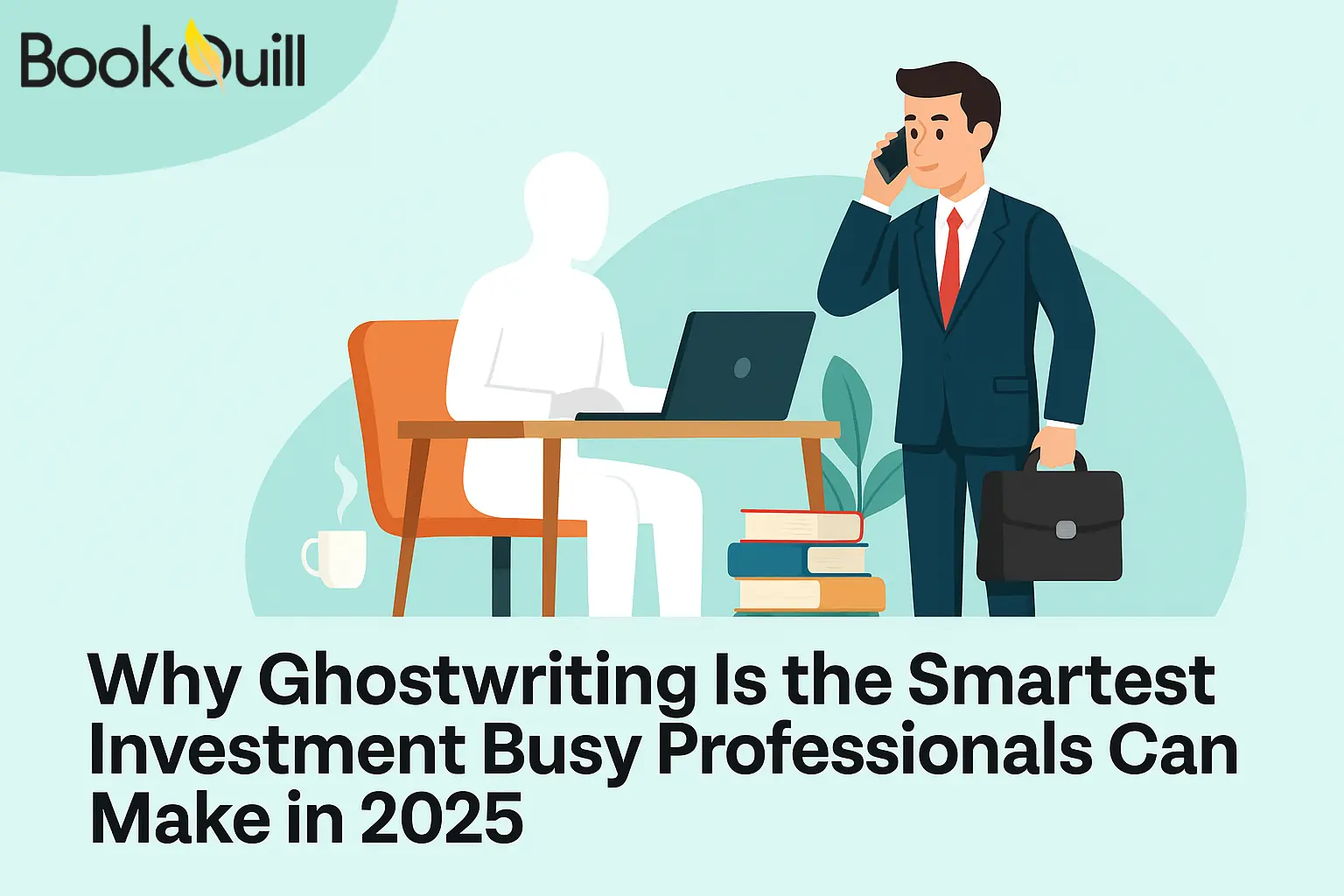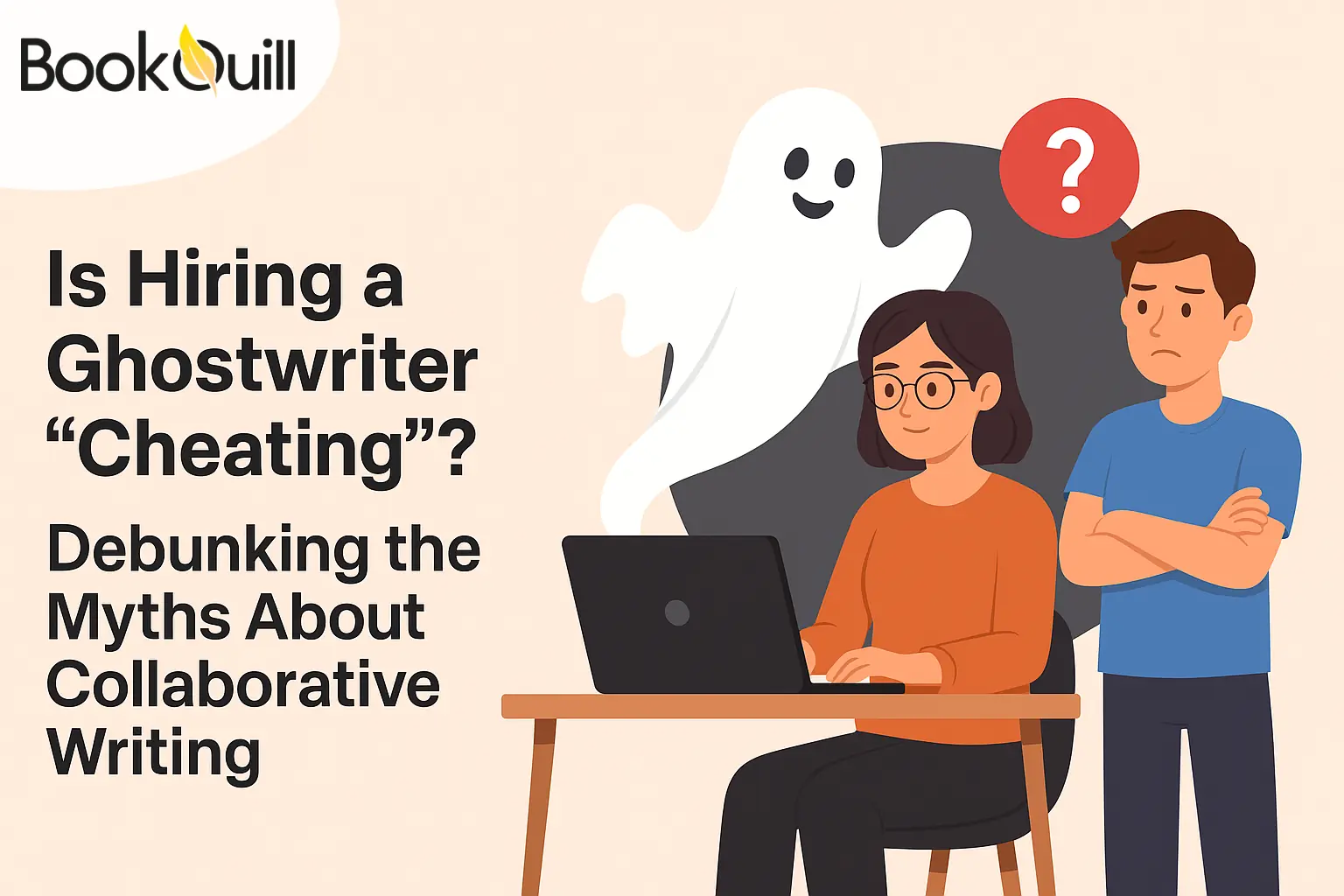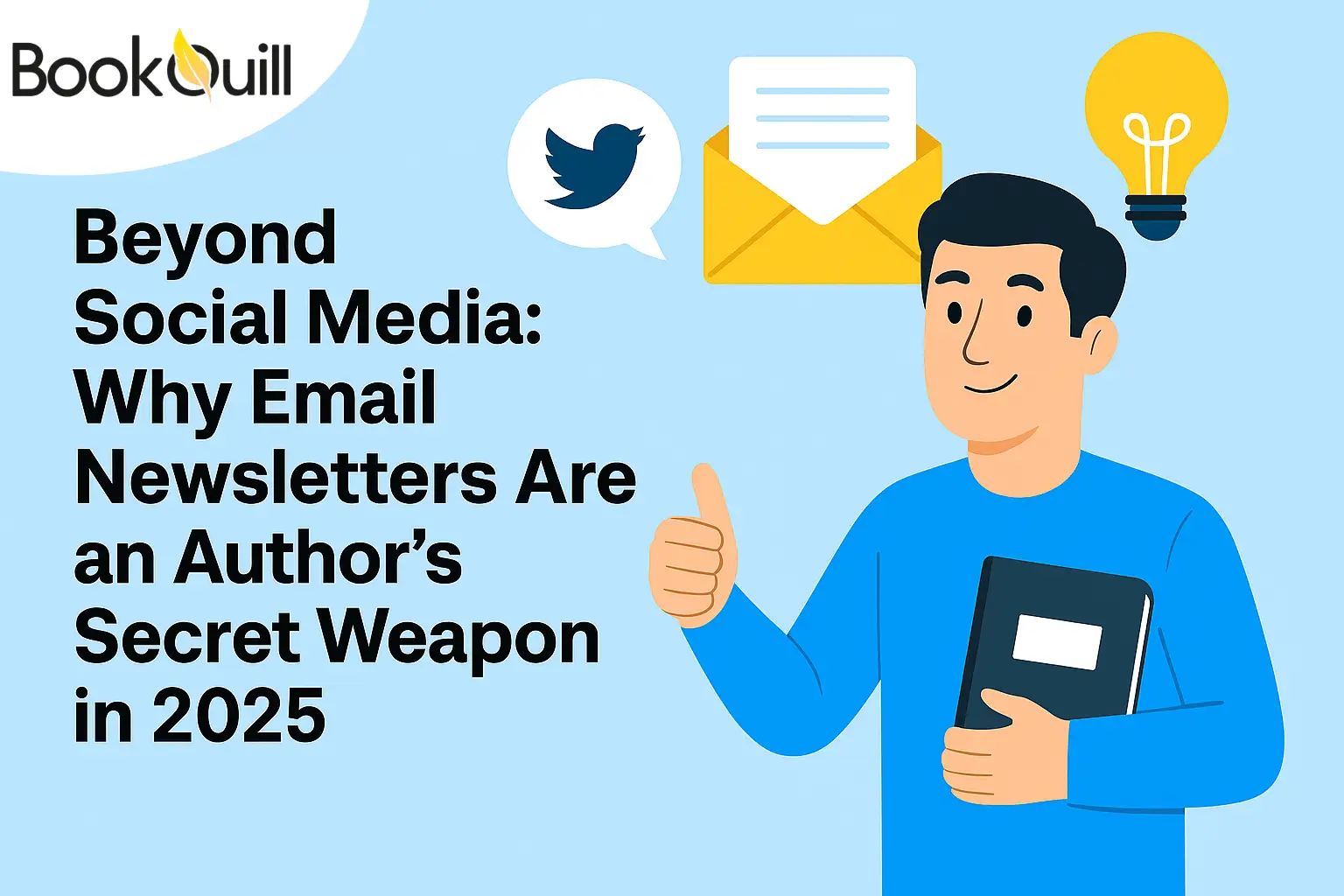Table of Contents
Explore Blogs
Trending on Ebook
How Many Sentences Are in a Typical Paragraph?

Have you ever stared at your screen, wondering if your paragraph is too long or how many sentences are in 3 paragraphs? You delete a sentence, undo it, and repeat, only to realize it looks fine on your laptop but too long on your phone.
Writers, students, and professionals often ask how many sentences are in a paragraph. This query is not only about grammar, but it also keeps your writing clear and easy to follow.
Whether you’re writing a blog, essay, or novel, understanding paragraph length and structure helps keep your content organized and engaging. If you have the same question running in your mind, read the blog below to get the answer.
What Is a Paragraph?
A paragraph is essentially a group of sentences that work together to support a single idea. Pretty simple, right? But that’s not all.
While it might just be a few sentences, a paragraph plays a big role in making your writing easier to read and understand. Each one is like a mini-story within the larger text, guiding the reader from one thought to the next.
When we think about a paragraph’s length, we generally refer to 3-5 sentences. However, there are exceptions. In different types of writing, such as fiction, blog posts, etc., a paragraph could consist of just one sentence or extend to include a larger idea.
How Many Sentences Are Usually in a Paragraph?
As mentioned above, the quantity of a sentence in a paragraph varies according to the type of writing you’re doing. This adjustment is based on the purpose and audience of the writing. Let’s look into some types of writing and the sentences they should have in a paragraph.
Academic Writing
In academic writing, paragraphs are longer because they explore a single topic. When you’re writing an essay, research paper, or thesis, each paragraph is expected to develop one idea fully, often providing evidence, analysis, and explanation.
So, how many sentences make a paragraph in academic work? Usually, you’ll see paragraphs that are at least 5-7 sentences long, sometimes even more. The length of the paragraph really depends on how much detail you need to provide to make your point.
For instance, a paragraph in a research paper might include:
- A topic sentence introducing the main idea.
- Several supporting sentences with evidence from research.
- A closing sentence that summarizes or transitions to the next point.
Academic writing is less about sticking to a specific number of sentences and more about ensuring your argument is fully described.
Blog Posts
In blog posts, paragraphs are generally short, typically ranging from 2-4 sentences. The primary goal is to keep readers engaged by presenting information in small, easily digestible chunks. Since online readers often skim content, shorter paragraphs help maintain their attention and make it more scannable. Breaking up text also improves the reading experience on mobile devices, where long blocks of text can disinterest the reader.
Website Content
For web content, how long should a paragraph be? The paragraphs follow a similar structure to blog posts, with an average of 2-3 sentences per paragraph. Web readers tend to have short attention spans, so content should be concise and to the point. Shorter paragraphs help avoid the appearance of large text blocks, which can be off-putting and hard to read, especially on smaller screens.
Each paragraph in web content should focus on a specific idea, delivering information quickly and clearly. This format ensures that the content is user-friendly, encouraging readers to stay engaged and navigate through the site easily.
Fiction Writing
Paragraph length can be incredibly flexible in fiction writing. Unlike formal essays or web content, fiction allows for more flexibility, with paragraphs ranging from a single sentence to several sentences or even a full page.
Short paragraphs (1-2 sentences) are often used for dramatic emphasis, action sequences, or dialogue. These can create a scene of urgency or highlight important moments in the narrative.
Longer paragraphs (5+ sentences) are typically used for descriptive passages, character development, or internal monologues. They help build an atmosphere to explore a character’s thoughts or paint a vivid picture of the setting.
Creative Non-Fiction and Memoirs
Paragraphs in non-fiction and memoirs can vary greatly in length, depending on the mood, tone, and pacing of the story. For example, a memoir might feature a long, descriptive paragraph that immerses the reader in a memory, followed by a short, punchy paragraph that highlights a key moment or revelation.
The question of how many sentences are in a paragraph depends on the rhythm of the story and the voice of the author. In creative non-fiction, an author has to keep the reader emotionally engaged, so paragraph length is often used to control the pacing and flow of the narrative.
Technical and Professional Writing
For technical or professional writing, a paragraph depends on the complexity of the information being presented. In business reports, technical documents, or manuals, paragraphs need to be clear and precise, often with more detail than a casual blog post but less exploration than academic writing.
In these cases, paragraphs typically range from 4 to 6 sentences. The focus here is on breaking down complex ideas into readable chunks so that each paragraph can present one clear point.
For example, a paragraph in a business report might outline a problem and present a solution in a clear, concise manner. It’s all about clarity and efficiency in professional writing.
Marketing Copy
Marketing Emails
In marketing emails, the focus is on clear, concise communication. Paragraphs are short—typically 1-3 sentences—to make the content easy to skim. Email recipients don’t have much time, so how many sentences are in a paragraph should be just enough to deliver key points without overwhelming the reader.
For example, an email promoting a product might have a single sentence that highlights a benefit, followed by another paragraph with a call to action. The structure is designed for readability and engagement, ensuring that the reader quickly absorbs the message.
Sales Pages
These pages rely on short, snappy paragraphs to keep potential buyers engaged. Each paragraph highlights a feature or benefit of the product or service, with paragraphs often being just 1-2 sentences. How much is a paragraph on a sales page? Long enough to make a clear point but short enough to maintain momentum.
Sales pages often follow a rhythm, using short paragraphs to guide readers through a sales funnel, keeping them interested without overwhelming them with too much information at once.
Ad Copy
Ad copy is the most concise form of marketing writing. Whether it’s for Google Ads, Facebook Ads, or print, a paragraph in ad copy might be as short as a single sentence or even just a few impactful words. Usually, it’s only one meant to grab attention instantly.
For example, an ad’s tagline or call to action might stand alone as a full paragraph. This format works best for getting quick attention and driving immediate action.
Social Media Posts
Social media platforms like Twitter, Instagram, and Facebook prioritize brevity and impact. So, how many words should a paragraph be according to these platforms? It could be as short as a single sentence or even a fragment of a sentence.
For instance, a punchy one-liner could stand as a full paragraph in a Facebook post, while a longer Instagram caption might have 2-3 short sentences in a paragraph.
Since users on social media are scrolling quickly, the content needs to grab attention immediately. How long is a paragraph on social media? It’s often just 1-2 sentences designed to engage or provoke thought.
Business Emails
Emails, especially in business, often follow different rules for the length of the paragraph. The goal is readability and clarity. Each paragraph is usually short—between 1 and 3 sentences—so that the recipient doesn’t feel overwhelmed by blocks of text. Emails should be easy to read, so breaking content into digestible pieces helps maintain attention.
Product Descriptions
E-commerce sites and product listings often feature short, concise paragraphs to describe products. Each paragraph usually highlights a single feature or benefit in 1-3 sentences. This format helps shoppers quickly get the information they need without wading through long blocks of text.
When asking how many words a paragraph should be for product descriptions, it’s often about providing the right balance between detail and brevity, typically sticking to 30-50 words.
Journalism
News articles and feature stories come under journalism. You should use shorter paragraphs, often around 2-4 sentences. The purpose of journalism is to convey information clearly and quickly, so the paragraph length in journalism depends on the story’s complexity.
Short paragraphs are easier to read, especially when skimming, which is how many people read news articles. Journalists also break up long chunks of text with shorter paragraphs to maintain reader interest.
Textbooks
Textbooks are designed to convey detailed information and facilitate learning. As such, the paragraphs in textbooks are typically longer and more detailed compared to other types of books. In textbooks, sentences usually range from 5 to 8.
This length allows authors to provide comprehensive explanations, include examples, and offer context without crushing the reader’s mind. Each paragraph is often structured to introduce a concept, explain it, and then summarize or connect it to the next point.
For example, a paragraph in a science textbook might include:
- A topic sentence that introduces a scientific concept
- Supporting sentences with definitions, explanations, and examples
- A concluding sentence that reinforces the main idea or transitions to the next topic
Children’s Books
These books are written for engaging young readers. The structure of paragraphs in children’s books varies based on the age group and reading level targeted. You must be thinking about how long a paragraph is in this book. Depending on the age group, paragraphs may include 1 to 4 sentences to maintain the child’s interest and ensure readability.
For Early Readers (Ages 4-7)
Paragraphs are typically short, often just a single sentence or a couple of sentences. The briefness helps keep young readers engaged and makes the text easier to follow. For instance, a picture book might feature a paragraph like: “The cat sat on the mat. It looked around and saw a mouse.”
For Transitional Readers (Ages 7-9)
Paragraphs may be slightly longer, around 2-4 sentences. This allows for more detailed storytelling while still being manageable for developing readers. An example might be: “Tommy found a shiny rock by the river. He picked it up and showed it to his friend. They both agreed it was the coolest rock they had ever seen.”
For Middle-Grade Readers (Ages 9-12)
Paragraphs can be longer, ranging from 3-5 sentences. These readers are capable of handling more complex sentences and ideas, so the paragraphs can be more descriptive and detailed. For example: “The forest was thick with tall trees that seemed to touch the sky. As Mia walked along the narrow path, she could hear the chirping of birds and the rustling of leaves. She felt a sense of adventure bubbling up inside her.”
In children’s books, shorter paragraphs are used to keep the text approachable and engaging, while longer paragraphs in middle-grade books provide more depth and detail as readers’ comprehension skills develop.
How to Break Down Paragraphs Without Breaking the Flow
Many writers might miss out on this, which makes readers lose interest in the content. To get an idea about breaking paragraphs, try these things that a professional ghostwriting agency does:
Identify Natural Break Points
Look for moments where a shift in focus, detail, or argument occurs. If a paragraph covers multiple ideas, it’s often a sign that it needs to be divided. For instance, if a paragraph starts with a general statement and then delves into specific examples, consider breaking it into two paragraphs: one for the general idea and one for the examples.
Maintain Consistent Flow
To avoid disrupting the flow when breaking down paragraphs, ensure that each new paragraph logically follows the previous one. Use transition sentences or phrases to link ideas between paragraphs. This helps maintain continuity and keeps the reader engaged. For example:
- Moreover – Indicates an addition to the previous point
- In contrast – Shows a comparison or difference
- Therefore – Indicates a conclusion or result
- For instance – Provide an example to illustrate the point
Keep Paragraphs Focused
Each paragraph should focus on a single idea or aspect of the topic. If you find that a paragraph is trying to cover too many points, it’s a sign that it should be broken down. Keeping paragraphs focused helps the reader follow your argument and prevents the text from becoming overwhelming.
For example, if a paragraph discusses both the psychological and physical benefits of a topic, consider creating separate paragraphs for each. This way, you can explore each benefit in detail without overcrowding a single paragraph.
Review and Revise
Read through the text to check if the transitions between paragraphs are smooth and if each paragraph effectively supports the overall argument or narrative. Sometimes, a sentence or two may need adjustment to ensure coherence between sections.
Reading your text aloud is a great way to catch issues with flow and coherence. When you read aloud, you’re more likely to notice if the transitions between paragraphs are abrupt or if the ideas don’t flow smoothly. Pay attention to the rhythm and pacing of your writing. If something feels jarring or disjointed, it may need revision.
Use editing tools and resources to get help with coherence. Tools like grammar checkers or readability analyzers can help identify areas where the text might be unclear or disjointed. While these tools are helpful, remember that they should complement, not replace, manual revision and review.
Ending Note
There isn’t a single answer to the question: how many sentences are in a paragraph? It depends on the type of writing, the audience, and even the platform you’re writing for. For academic writing, longer paragraphs that thoroughly explore a topic are standard, while blog posts and web content benefit from shorter, punchier paragraphs that keep readers engaged.
Fiction allows for flexibility, with paragraph lengths often tailored to the story’s pacing and emotional impact. In professional and technical writing, clarity and precision are key, leading to more concise paragraphs.
Ultimately, understanding the needs of your specific audience and the context of your writing will guide you in writing effective and engaging paragraphs. The best strategy is to break down a paragraph at the end of one idea.
To determine if you’re breaking at the right point, read the content aloud. If you notice a disruption in the flow while reading, it may indicate where the paragraph needs adjustment.




